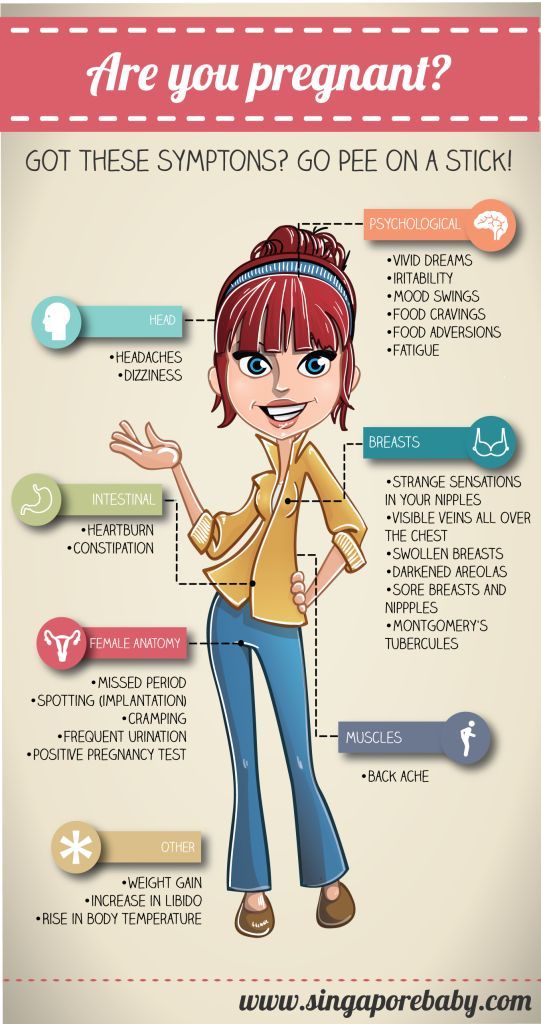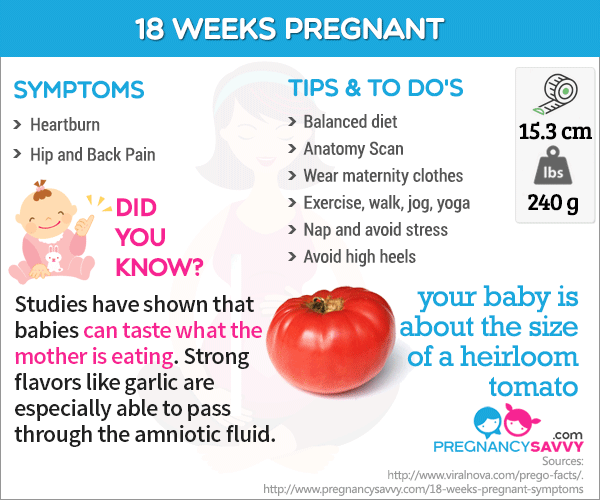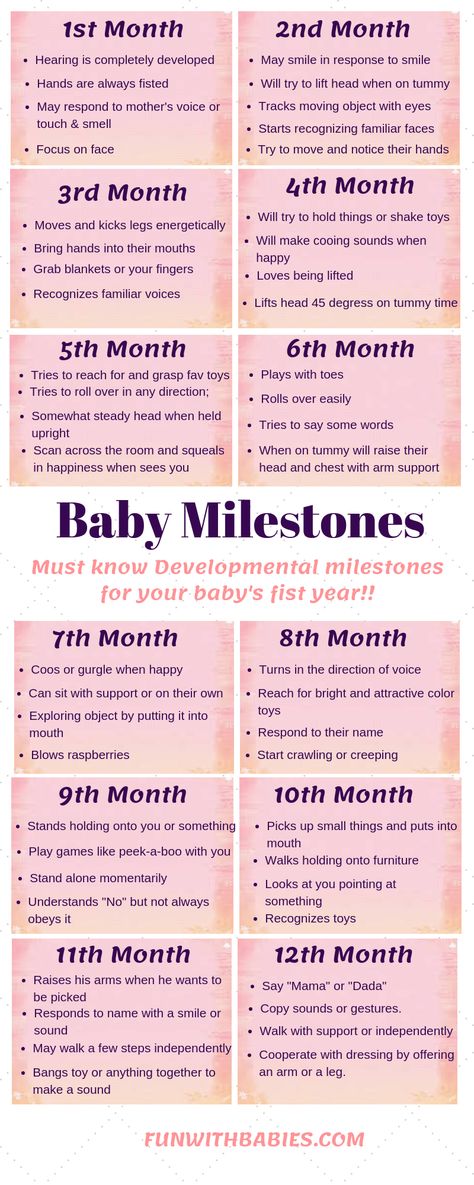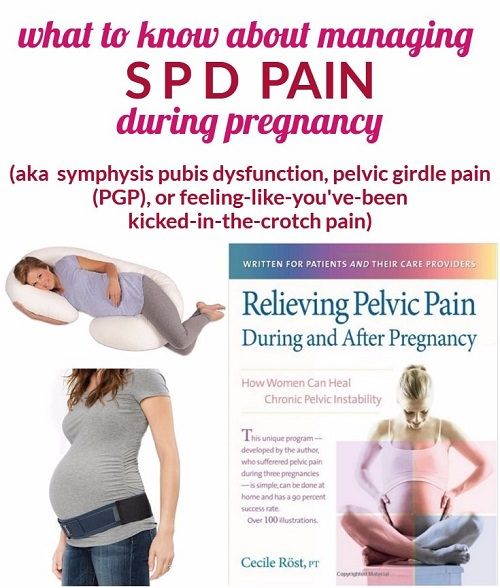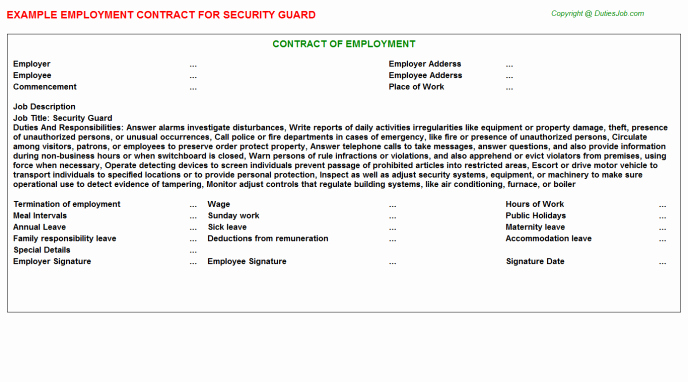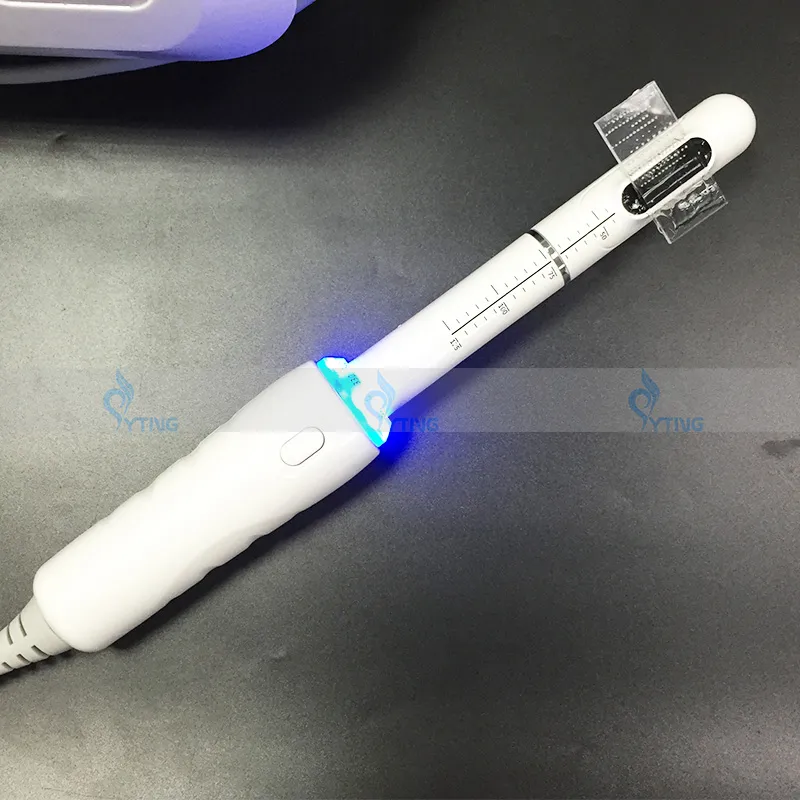Spotting sore nipples
Is it a sign of pregnancy?
Changing hormone levels around ovulation may cause sore nipples or tender breasts. However, this is not necessarily a sign of ovulation or pregnancy.
Everybody is different, and breast pain is not a reliable indicator of ovulation. People monitoring their fertility should look for other symptoms.
Sore nipples around ovulation are also not a sign of pregnancy because this is too early for a person to experience pregnancy symptoms.
This article explores the potential connections between sore nipples, ovulation, and pregnancy.
A number of hormones trigger ovulation.
Before ovulation, estrogen and luteinizing hormone levels are higher. For some people, estrogen may stimulate breast tissue and cause breast pain.
Shortly after ovulation, estrogen levels drop, and progesterone levels rise. In some people, these shifts in progesterone may trigger breast pain or sore nipples.
If a person becomes pregnant, progesterone levels will continue to rise. This causes breast tissue changes that can make the nipples or breasts sore.
However, it takes several weeks for these developments to occur, so breasts that become sore suddenly after ovulation do not indicate pregnancy.
Sore nipples may be a sign of cyclical breast pain. This type of pain usually coincides with a person’s menstrual cycle each month, though the specific point may vary.
For example, some females experience nipple pain before ovulation, while others get it right after.
Sore breasts are not a reliable sign of ovulation.
Some other symptoms include:
- A positive ovulation test: Ovulation tests measure increases in luteinizing hormone. For most people, a rise in luteinizing hormone triggers ovulation within a day or two of the positive test.
- Cervical mucus: Rises in estrogen cause cervical fluid to become watery and have a consistency similar to raw egg whites. As a person produces more of this fluid, ovulation may be imminent.

- Basal body temperature: Progesterone rises right after ovulation, causing a person’s morning body temperature to increase slightly. Therefore, a rise in morning body temperature indicates a person has ovulated.
Some people notice other signs, such as ovulation pain in their side or bloating. These symptoms are less reliable, especially if they do not log their ovulation symptoms over time.
Sore nipples are a common pregnancy symptom. However, ovulation and the days immediately after are too early for a person to be pregnant or have pregnancy symptoms.
Implantation marks the beginning of pregnancy. It occurs when a fertilized egg embeds in the lining of the uterus. At this stage, the body begins producing pregnancy hormones that can trigger pregnancy symptoms.
Before implantation, the symptoms that a person feels are due to other factors than pregnancy.
Therefore, nipple soreness around ovulation cannot indicate pregnancy, even if a person conceives in that month.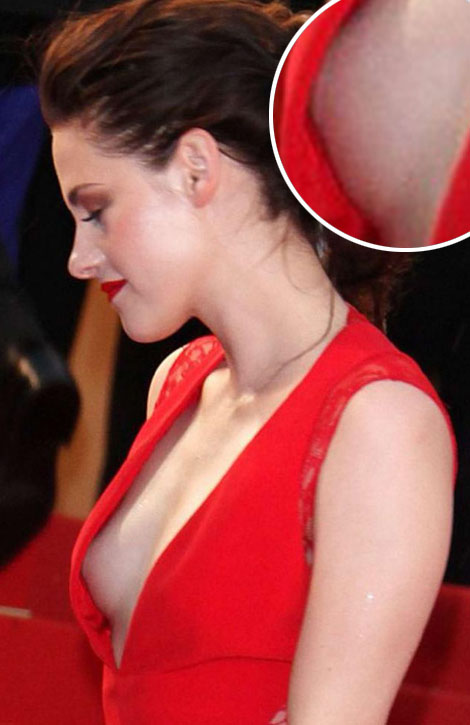
Early pregnancy symptoms cannot appear until implantation, which causes the body to begin producing human chorionic gonadotropin (HCG) and other pregnancy-related hormones.
Many people experience pregnancy symptoms, even though they are not pregnant. For this reason, the most reliable indication of pregnancy is a positive pregnancy test.
Some early symptoms signal when a person is about to receive a positive test. They include:
- spotting early in pregnancy
- breast tenderness, soreness, or swelling
- nausea, dizziness, or vomiting
- exhaustion
- headaches
- a frequent need to urinate
- mood changes
There is no reliable way to distinguish nipple pain due to ovulation from nipple pain due to pregnancy. The pain is often identical.
One of the best ways to distinguish them is the timing. If nipple pain occurs at or right around the time a person expects to ovulate, pregnancy is highly unlikely.
Nipple pain that occurs after ovulation that gets worse, or nipple pain that does not go away around the time a person expects their period, may signal pregnancy.
The only way to know with a high degree of certainty is to take a pregnancy test.
Early in pregnancy, HCG levels start low and quickly rise. Pregnancy tests will measure the levels of this hormone.
If a pregnancy test is negative, and a person’s period does not arrive, they may receive a positive result if they test again in a few days.
Normal hormonal fluctuations can trigger nipple soreness. If the pain is not severe or only lasts a few days, the discomfort is likely due to hormonal changes.
However, if the pain persists, some potential causes may include:
- an injury to the nipple
- pain from nipple play during sex
- breastfeeding pain or injuries
- mastitis, a breast infection
- a cyst in the breast
- lifestyle or diet factors, including caffeine or alcohol consumption
- muscle pain
- in rare cases, cancer
See a healthcare provider if:
- a person gets a positive pregnancy test or does not get their period
- the pain is very intense
- the pain follows an injury and does not go away in a few days
- there is a lump in the breast or discharge from the nipple
- there is acute pain when breastfeeding
Sore nipples are a common symptom throughout the menstrual cycle. Sometimes they indicate a person is pregnant or about to ovulate.
Sometimes they indicate a person is pregnant or about to ovulate.
They may also signal a health problem or mean nothing at all.
The best way to identify the cause of sore nipples is to track the symptom across several ovulation cycles and look for specific patterns. A healthcare provider can provide further assistance.
As Early Sign, vs. During Period, More
Sore boobs can be — well, a pain. But if you’ve been trying to get pregnant, you may be thinking that the ache in your bra is the sign you’ve been waiting for. Could this be it? Am I pregnant?!
Already gotten those two pink or blue lines on a home pregnancy test? Alas, this sore feeling could last a while. But try not to worry — most of the changes your girls are going through are totally normal. We’ll talk about this more in a minute.
Wondering if you’re pregnant? Well, what’s frustrating is that sore boobs can occur for so many different reasons. Some relate to hormones that ebb and flow not just during pregnancy, but also during your regular cycle.
Before you let your disappointment settle in at another inconclusive sign, though, let’s look a little closer — there are some distinguishing features that often make sore boobs a little different in pregnancy.
Like breasts themselves, breast pain comes in many varieties. It can happen in one or both breasts. You may feel it all over, in a specific spot, or moving outward into your armpits. The soreness can be constant, or it can come and go.
During the earliest weeks of pregnancy, breast pain tends to be dull and achy. Your boobs may feel heavy and swollen. They can be super sensitive to the touch, making exercise and sex play very uncomfortable. (Pro tip: Wear a reliable sports bra and also communicate with your partner to explore other areas during this time.) If you’re a stomach sleeper, the pain can keep you up at night.
For many women, the nipples are particularly sensitive in these early weeks. They can be so tender to the touch that it hurts to dry off after a shower or put on a bra (go braless with confidence!).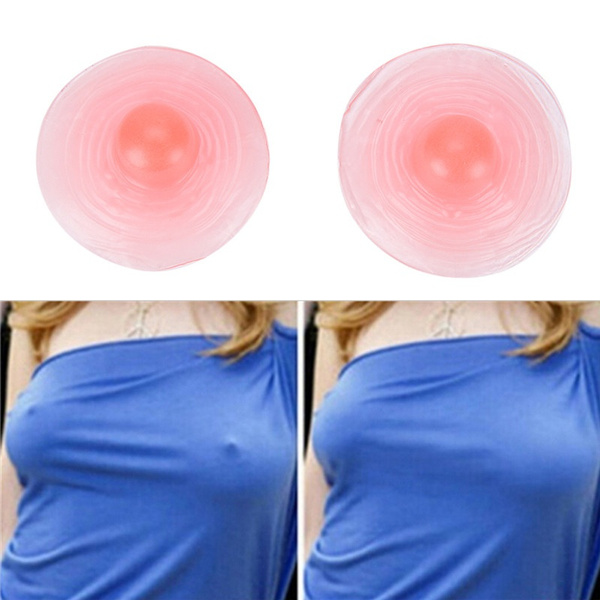 But extreme nipple sensitivity typically passes within a few weeks.
But extreme nipple sensitivity typically passes within a few weeks.
As the first trimester progresses, you may notice fullness and heaviness rather than tenderness. Some women also experience a tingling sensation in the nipples and areolas during the first trimester.
Sharp breast pain — which can feel like a knife being stabbed into a specific area of one breast — isn’t common during pregnancy. While it can happen, this type of pain is less common with pregnancy.
Breast pain is often the first symptom of pregnancy, occurring as early as one to two weeks after conception — technically, weeks three and four of pregnancy. That sore boob sensation peaks in the first trimester because your body is flooding with hormones. These hormones have an important job, preparing your body to grow a tiny human — a hungry little human.
To feed that hunger, hormones work quickly to prepare your breasts for breastfeeding. Blood flow to the area increases and your boobs grow larger. The cleavage may be pretty great — but this growth can also be painful, even causing skin irritation and itching. Ouch!
The cleavage may be pretty great — but this growth can also be painful, even causing skin irritation and itching. Ouch!
The milk ducts in your breasts also grow to prepare for breastfeeding. And hormones stimulate the growth of milk-producing glands. Basically, your boobs go through a massive growth spurt.
Pain is not the only breast-related symptom you can expect during your pregnancy. During your first trimester, you may also notice blue veins pumping extra blood into your breasts and changes to the size or shape of your nipples.
During your second trimester (weeks 13–26), you may notice that your areolas — the pigmented areas around your nipples — have grown darker. And they’ll continue darkening throughout the second and third trimesters , too.
You may also notice tiny bumps on the areolas and wonder what is going on — but again, this is completely normal. These are called Montgomery’s tubercles. They’re oil-producing glands that lubricate the breasts during breastfeeding and make the process a little more comfortable for you and your little one!
During the second and third trimesters you may also begin leaking a yellowish fluid called colostrum. This can be a little disconcerting, but don’t worry! This is the good stuff. Colostrum is an immune-boosting fluid that your baby will drink in the days following delivery, before your milk comes in. This super nutritious fluid is sometimes called “liquid gold” because it’s so good for your baby!
This can be a little disconcerting, but don’t worry! This is the good stuff. Colostrum is an immune-boosting fluid that your baby will drink in the days following delivery, before your milk comes in. This super nutritious fluid is sometimes called “liquid gold” because it’s so good for your baby!
Nipple discharge can happen anytime, but it’s particularly common during nipple stimulation. Nipple discharge can vary in color from creamy white to, yellow, green, or brown (might want to warn your partner about that one).
Bloody nipple discharge can also happen during pregnancy. Usually, it is the result of growing milk ducts, but sometimes it can be a sign of a blocked duct.
Although all this may sound horrifying — and potentially pretty embarrassing if it happens at the wrong time — leaked fluid and discharge actually happen in really small amounts. Concerned about discharge or a leak interrupting your day? Breast pads (inserted into your bra), designed to soak up any leaks during breastfeeding, also work like a charm during pregnancy.
In the final weeks of your pregnancy, you may notice that your breasts have become even larger and heavier than before. Nipple discharge may become more frequent. And you may notice red streaks known as — you guessed it — stretch marks. You’re about to meet your little one!
Breast pain is indeed one of the earliest signs of pregnancy. It can appear in as little as one to two weeks after conception.
Because it may appear before you notice a missed period, breast pain can sometimes be a useful indicator of pregnancy — but it’s by no means definitive.
If you’ve been trying to become pregnant and are experiencing unusual breast pain, you may want to go ahead and take a pregnancy test. Just remember, it may be too early for an accurate test result. Patience at this time is just really hard, but test again in a couple days if you still have symptoms and Aunt Flo hasn’t made her appearance.
The symptoms of early pregnancy are very similar to the symptoms of your regular period. So how do you tell the difference?
So how do you tell the difference?
Short answer: It’s not always possible. This is especially true if you’re someone who typically experiences breast pain during PMS. Again, we have hormones to thank.
Because your hormone levels drop before you get your period, breast pain is a very common symptom. The best way to tell the difference is to see if your period comes or take a pregnancy test. If you notice one or two days of light spotting, but no normal period, this could indicate implantation bleeding and pregnancy.
Sore boobs during pregnancy — or before or during your period, for that matter — is very common and generally nothing to worry about. And if your breast pain goes away after your first trimester, awesome! That’s also totally normal and will definitely come as a relief. Like morning sickness, some symptoms do go away once you’re farther along.
What is concerning is feeling a new or growing lump. Benign (harmless) lumps can pop up during pregnancy, so try not to freak out, but definitely get to the doctor ASAP.
About 1 in every 1,000 pregnant women develop breast cancer. This can put the health of you and your baby at serious risk.
Sore boobs are a common early sign of pregnancy, but… they can also be a sign that your period is imminent. If you think you may be pregnant, the best thing to do is pick up a home pregnancy test.
If you are pregnant, chat with an OB-GYN about your breast pain and what to expect as your pregnancy progresses. Typically, it goes away before the second trimester.
Remember, bring any suspicious lumps to the attention of your doctor as soon as you can.
causes of sore nipples, why pain appears
There are many reasons why the delicate skin of the nipples can hurt, ranging from an uncomfortable bra to much more serious complications.
Website editor
Tags:
Women Health
Women's breasts
Health problems
Causes of pain
Health
Some women experience the problem that the breast area near the nipple can barely be touched. Otherwise, when pressed, painful sensations arise. Mammologists hear such complaints not only when patients are carrying a child or during lactation. Sometimes the nipples hurt in a girl who does not plan to become a mother yet, it is important to figure out why.
Otherwise, when pressed, painful sensations arise. Mammologists hear such complaints not only when patients are carrying a child or during lactation. Sometimes the nipples hurt in a girl who does not plan to become a mother yet, it is important to figure out why.
Do not self-medicate! In our articles, we collect the latest scientific data and the opinions of authoritative health experts. But remember: only a doctor can diagnose and prescribe treatment.
The nature of the pain is different: from pulling, strong to aching and sharp. There are several pathologies that cause seals in the mammary glands, secretions and discomfort in the nipple area. In this matter, one cannot hope that everything will go away on its own, just as one should not self-medicate. The lack of timely qualified assistance can adversely affect women's health. In our material, we will consider several possible factors why nipples hurt on the chest. nine0003
Nipples are one of the most sensitive areas of the female body, to be more precise, they are in second place in this indicator. Therefore, even their weak soreness causes discomfort. It is not worth enduring pain in the nipples, it is better to establish the causes of its occurrence.
Therefore, even their weak soreness causes discomfort. It is not worth enduring pain in the nipples, it is better to establish the causes of its occurrence.
Friction
This is the most common reason why nipples hurt while wearing underwear or clothing. Perhaps you are wearing a bra that does not fit, and hard cups irritate the delicate skin of this area. Or you neglect a sports bra and instead wear a regular one to workouts. If you also do not take it off after a workout, then a damp cloth can also cause friction. nine0003
Skin often dries and cracks due to contact with tight clothing. For some reason, many girls ignore extra precautions during intense workouts, which then make their nipples sore. Don't forget about them. If you feel that a sports bra is not enough for you and the sensations remain unpleasant, use nipple pads.
By the way, the same circumstance often explains why men's nipples hurt. The constant irritating friction of tight-fitting sportswear on the chest injures this place. The factor is also called the "runner's nipple" syndrome. nine0003
The constant irritating friction of tight-fitting sportswear on the chest injures this place. The factor is also called the "runner's nipple" syndrome. nine0003
Infection
Nipples already damaged by friction or allergies, cracked or bleeding, are a welcome target for infections. A particularly risky period is lactation.
For example, Candida albicans can cause sore nipples. Simply put, breast thrush. If you recently took antibiotics, injured your delicate skin, experienced stress or chronic fatigue, don't be surprised why your nipples started to hurt. All these factors provoke unpleasant symptoms. nine0003
If you find swelling on your nipples or notice scales, films or small bubbles, run to the doctor. Another cause of pain in the nipples is mastitis, which is especially dangerous for the female body. It occurs when milk gets stuck in the milk ducts. Bacteria grow there and begin to multiply. Mastitis is treated with antibiotics.
Mastitis is treated with antibiotics.
Eczema of the nipples
If irritation is accompanied by dryness, cracked nipples and lesions, it is quite possible that eczema has appeared. Most often, it becomes the reason why the nipples hurt when feeding. The child could easily injure this delicate part of the mammary gland. Don't worry, it's usually easy to cure a mild form. The main thing is not to start. nine0003
Allergy
If itching and inflammation of the skin on the nipples suddenly appeared, remember, maybe you put on new underwear that you did not wear before? Or used some lotion for the first time? Perhaps your suffering is due to a banal allergy to a food product or a cosmetic product. If you decide that the causes of sore nipples are the action of an allergen, try to exclude it. Then the unexpected reaction will pass on its own. Your doctor may also prescribe antihistamines. nine0003
nine0003
Hormonal changes
Many women often ask doctors why their nipples hurt before menstruation. They notice that the sensitivity of the skin in this place increases significantly. The fact is that during this period, the level of estrogen drops, which stimulate the sebaceous glands. As a result, dryness of the skin increases. Usually, when the period ends, the estrogen level starts to rise again and the irritation stops.
There is also an explanation for why nipples hurt during pregnancy. The number of milk ducts increases in the future mother, the body prepares for lactation, blood vessels grow, so natural itching during pregnancy is also not such a rare phenomenon. nine0003
In some cases, this is the reason why the nipples hurt after menstruation. Pregnancy could occur and the body is preparing for carrying the baby and the feeding period. If pregnancy is excluded, we can already talk about inflammatory processes in the mammary glands, fibrous formations.
Breast cancer
With breast cancer, the nipples often swell and hurt, become dense, and for some reason discharge appears. Also, women notice that one or both nipples suddenly become flat or drawn inward. These moments depend on the stage and form of the disease. The secret may be transparent, whitish or yellowish. Don't wind yourself up, breast cancer can be successfully treated, especially if detected early. Discharge from the nipples not during lactation should be a reason for you to see a doctor, do not delay your visit. nine0003
Dr. med. with special training in experimental and molecular pathology Melissa Konrad Stöppler notes that the causes of sore nipples can be divided into hormone-dependent and hormone-independent. Infections, injuries of any origin cause discomfort, sexual activity, tight or ill-fitting underwear.
Breasts in general, including nipples, may be sore or painful at certain times of the menstrual cycle (usually just before onset) or early in pregnancy. Lactation can in some cases lead to chafing or cracking of the nipples, which become inflamed. nine0003
Lactation can in some cases lead to chafing or cracking of the nipples, which become inflamed. nine0003
Breast cancer rarely causes pain in the nipples or breasts. It is rather characterized by redness, fever and swelling of the breast. The doctor who will prescribe tests and examinations should determine the cause of any symptoms.
Photo: Getty Images; Klaus Nielsen, Laura Tancredi: Pexels
reasons, color, when to go to the doctor?
Discharge from the nipples of the mammary glands can be both normal and pathological. Often, the release of discharge is associated with diseases of the mammary gland of an infectious-inflammatory, congestive, oncological or other kind. There may be other reasons for this phenomenon: taking certain drugs, often - hormonal imbalance. nine0003
Diagnosis and treatment of the cause of discharge is carried out by a specialist, a mammologist. You should contact him for medical help.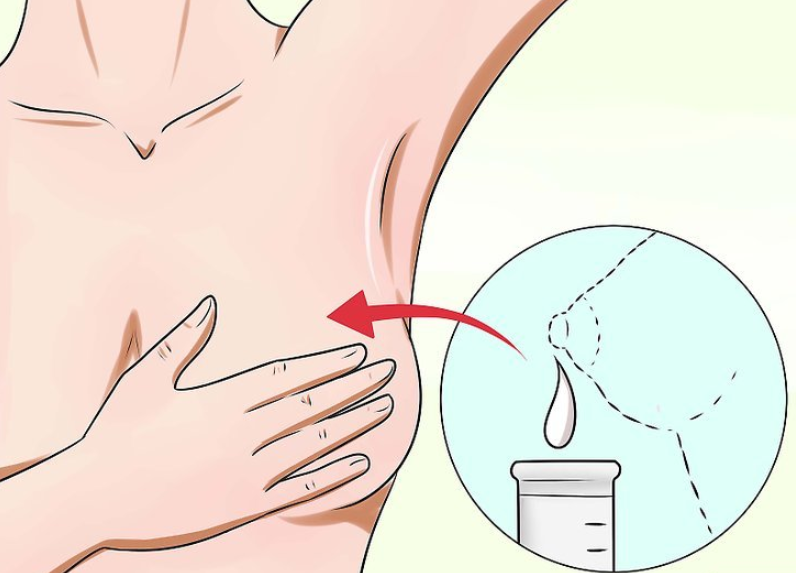
CONTENT OF THE ARTICLE
- 1. Causes
- 2. Associated symptoms
- 3. When to see a doctor
- 4. Surveys
- 5. Methods of treatment
Causes
Discharge from the nipples can be a normal event during pregnancy, breastfeeding and some time after the end of feeding. But often the phenomenon has a pathological nature. It is possible to understand the cause of the disorder only after a thorough diagnosis. The origin can be assumed by indirect signs, including the nature and color of the discharge. nine0003
Milky
Milk-like discharge from the nipples is often found in disorders of the pituitary gland. This gland is responsible for the production of prolactin, a hormone that ensures the normal functioning of the body and lactation during breastfeeding. The cause of the violation can be:
- Tumors of the pituitary gland (most of which are adenomas). Often there are prolactinomas - a special case of adenomas.
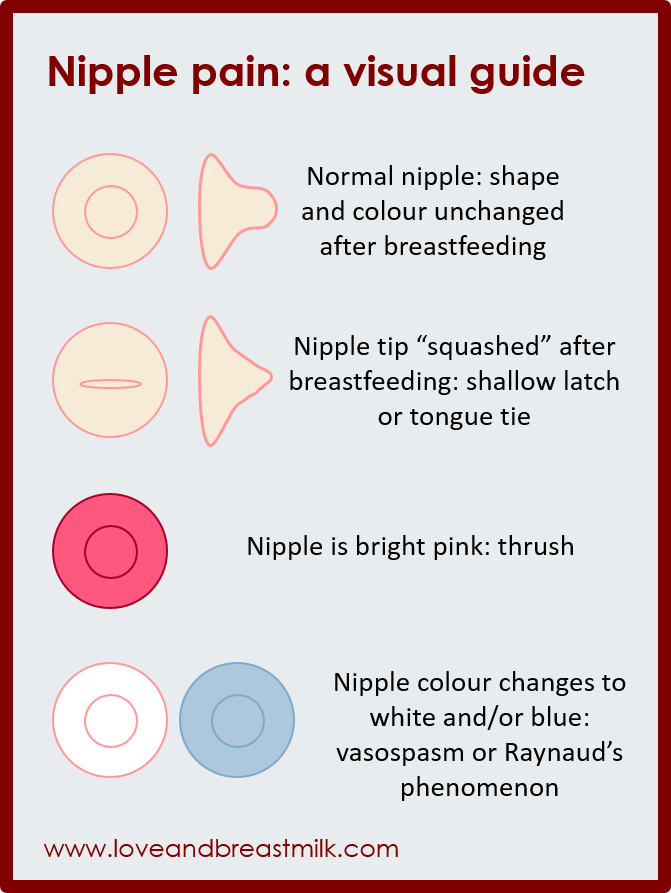 They produce prolactin.
They produce prolactin. - Other formations of the chiasmal-sellar region, the region of the Turkish saddle. nine0096
- Injuries.
- Inflammatory processes of the pituitary gland and surrounding tissues.
Milky discharge from the nipples also occurs during hormonal changes on the eve of menopause. Among the possible and common causes, it is worth pointing out hormonal therapy, which is often prescribed for diseases of the reproductive system and not only.
Breast cysts appear in the same way.
Clear or pinkish
Clear or pink discharge indicates a clearly pathological process. Among the reasons:
- Intraductal papilloma. A benign neoplasm that develops on one side.
- Pathological expansion of the duct of the mammary gland (ductectasia).
- Benign or malignant tumors. Manifested by various discharges from the nipples, incl. pink, transparent, as a rule, they are also one-sided.
During or after pregnancy, pink discharge may be normal, but it comes from both breasts. nine0003
nine0003
Bloody, brownish discharge
Bloody discharge from the nipples, brown discharge, occurs in complex pathological processes:
- Intraductal papilloma. Changes are observed on the one hand.
- Extension of the duct. Seen on one or both sides.
- Breast cancer. Although this color and discharge mixed with blood in malignant oncology is rare.
Although the risk of a malignant process is relatively small, such a symptom as a bloody discharge is alarming in itself. You should consult a doctor. nine0003
Greenish discharge
Not always pus, may vary. Green discharge from the nipples is typical for:
- Cystic lesions of the breast.
- Infectious process. Inflammatory reaction. In such a situation, bleeding is also possible.
Green discharge from the chest is more often accompanied by concomitant symptoms. Especially in infectious and inflammatory processes.
Yellow discharge
Yellow discharge from the nipples occurs in purulent processes of various kinds:
- Mastitis, inflammation.
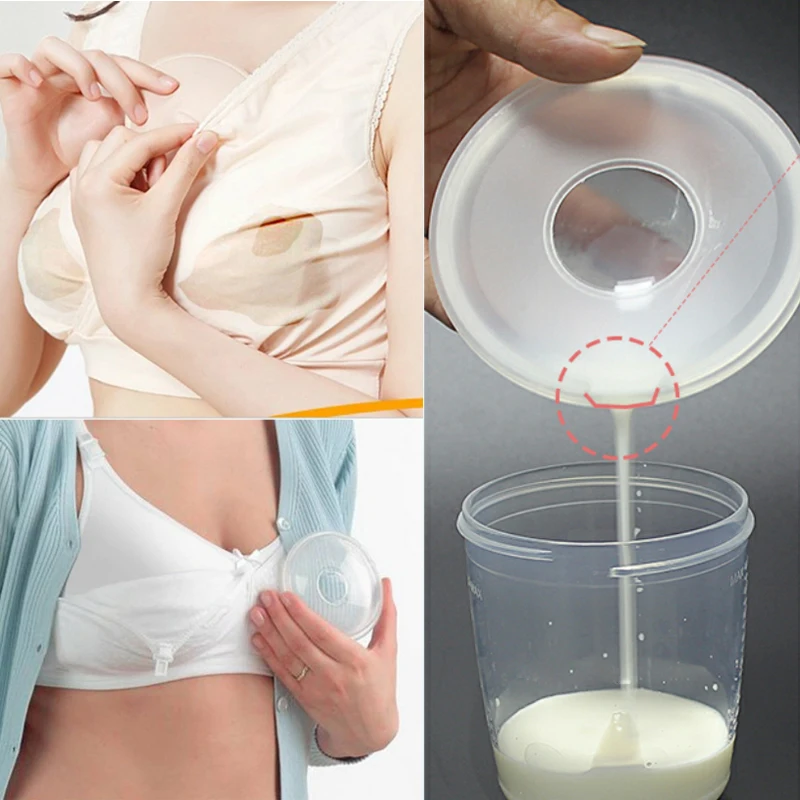 The disease gives severe pain, fever and disturbances in general well-being.
The disease gives severe pain, fever and disturbances in general well-being. - Breast abscess.
In such cases, treatment is required immediately.
Discharge from the nipples is an alarming sign. It cannot be missed. Despite the fact that discharge from the nipples is a normal, physiological phenomenon, you should play it safe. It is worth consulting a doctor and undergoing the necessary examinations.
Associated symptoms
The clinical picture of nipple discharge in women ranges from complete zero to noticeable manifestations. More often than others, the following symptoms are found:
- Pain. Moderate, but can be pronounced. With large cysts, large benign tumors, the chest hurts due to compression, squeezing of the tissues. Cancer is accompanied by tissue proliferation. The region of the mammary glands does not always hurt badly, this is the insidiousness of the pathology. Abscess, mastitis are accompanied by excruciating discomfort.
 The chest hurts, twitches, discomfort can be shooting. nine0096
The chest hurts, twitches, discomfort can be shooting. nine0096 - Feeling of fullness, foreign body in the chest on one or both sides.
- Increased body temperature. Fever against the background of bloody or purulent discharge may be a sign of an acute inflammatory, inflammatory-infectious process.
- Weakness, feeling of weakness. Manifestations of general intoxication of the body. Business card of the infectious process.
When examining a woman, the doctor evaluates the signs in a complex. So, bloody discharge from the chest is a non-specific manifestation. The specialist systematically takes into account clinical manifestations, laboratory tests, and the results of instrumental studies. nine0003
When to see a doctor
One or more suspicious signs should be cause for concern:
- The symptom is persistent. Blood or other secretions occur spontaneously, or a small physical impact is sufficient to start.
- Regular occurrence of a symptom at the peak of the cycle.
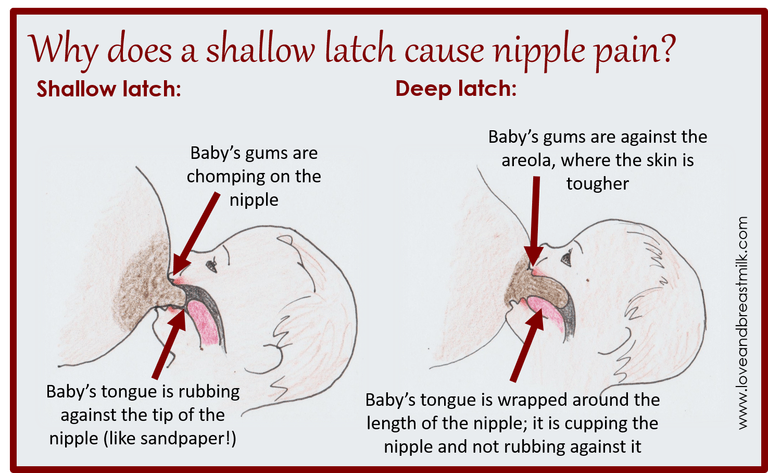 This can go on for years and get worse.
This can go on for years and get worse. - Unilateral defeat. Bloody or other discharge on the one hand indicates the pathological origin of the symptom. With the bilateral nature of the discharge from the nipples, it may be the norm or a sign of other pathologies not directly related to damage to the mammary glands. nine0096
- Age 40+. Women of the older age category are more likely to develop dangerous pathologies.
- Bloody discharge from the chest, pus, greenish or yellow discharge.
- Presence of a noticeable lump in the chest. If the discharge from the chest is accompanied by a seal, the likelihood of a cyst or tumor is high. To understand what has developed in a woman and why, high-quality diagnostics are needed.
- Redness of the skin of the mammary glands. It is often a sign of inflammation.
If you develop suspicious symptoms, make an appointment with your doctor. If there are manifestations of acute inflammation with redness, bloody or purulent discharge from the nipple, help is needed within 1-2 days from the moment the manifestations are detected.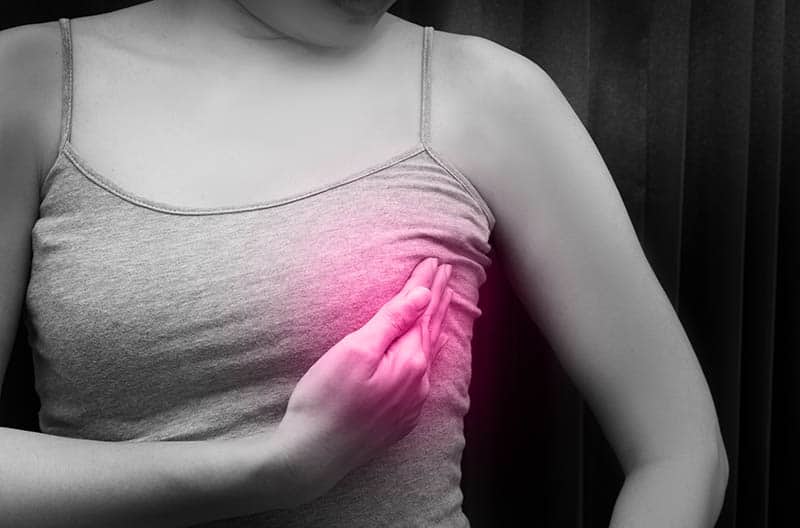
Examinations
Examinations begin with an appointment with a mammologist. The specialist interrogates the patient for complaints, prescription of their development. Clarifies if there have been symptoms before. Then he conducts a physical examination, palpates the mammary glands. nine0003
First of all, pathologies of the breast itself are excluded. Instrumental studies help to obtain information:
- Ultrasound of the mammary glands.
- MP mammography or digital mammography.
- Ductography.
Often instrumental studies are not enough. Additionally resort to laboratory methods:
- Blood tests (total blood, biochemistry).
- Hormone testing. Examine the levels of sex hormones, prolactin and more. nine0096
- Biopsies of breast tissue. Especially often it is practiced for tumors of unknown origin and nature. Ceteris paribus, neoplasms that look the same can be both benign and malignant. The conclusion can be made only after histological examination.
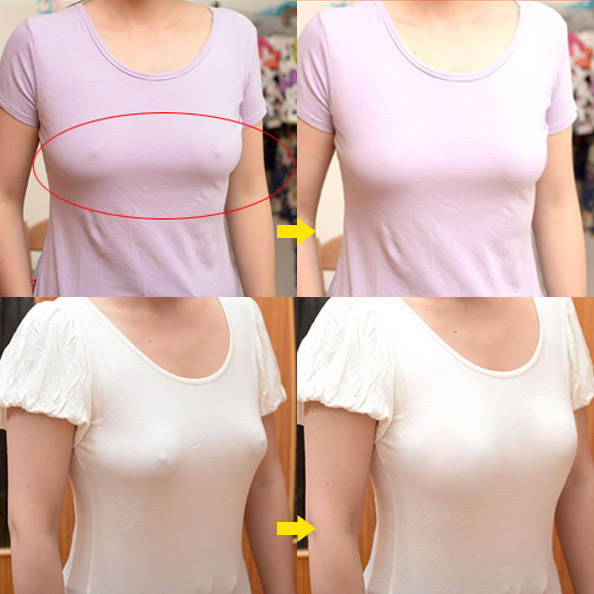 A small sample of tissue is sent to the laboratory, where they make a final verdict on what is happening: the norm or pathology.
A small sample of tissue is sent to the laboratory, where they make a final verdict on what is happening: the norm or pathology. - Examination of a smear discharge from the chest. To understand, normal or pathological discharge. nine0096
Once you know why you're bleeding or bleeding, you can start treatment.
Methods of treatment
The approach to therapy depends on the nature of the pathological process. In some cases, there is a chance to get by with conservative treatment. Apply medicines of the necessary groups.
In difficult cases, resort to surgical intervention. Why surgery may be required:
- Abscess.
- A benign tumor that interferes with normal life, reduces its quality. nine0096
- Cancer. In such a situation, part of the breast or the entire mammary gland is removed from the side of the lesion, regional lymph nodes.
Depending on the nature and prevalence, stage of the malignant process, additional treatment includes chemotherapy and radiation therapy.